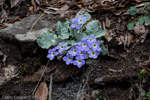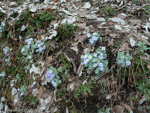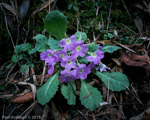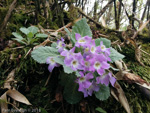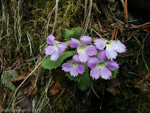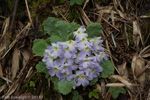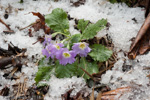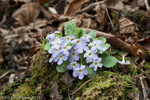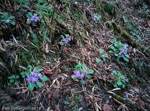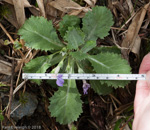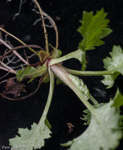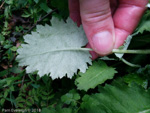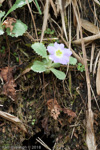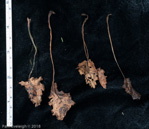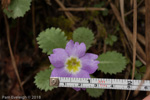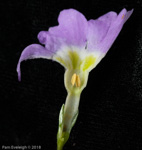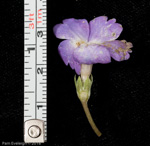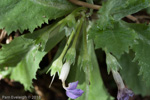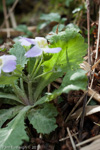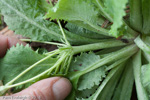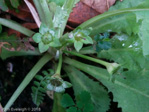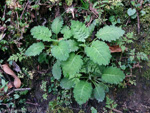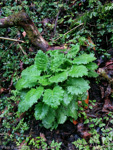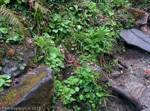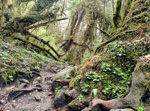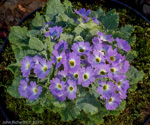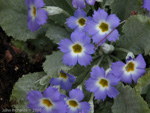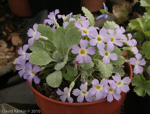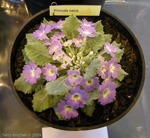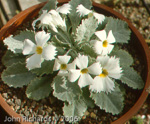Primula nana Wall.
Section Petiolares
Link to Nepal checklist
Type specimen: Wallich 612 resides at K (specimens K000750235, K001111408) and HBG (specimen HBG508205).
P. petiolaris Wall. var. edgeworthii (syn): Hook.f., Fl. Brit. India [J. D. Hooker] 3:493. 1882.
P. pulverulenta (syn): Edgew., List Kumaon Pl. (1852 ined.). nomen
P. petiolaris Wall. var. pulverulenta (syn): Hook.f., Fl. Brit. India [J. D. Hooker] 3:493. 1882.
P. edgeworthii Pax (syn): Type specimen: Edgeworth s.n. Tungnath, Garwhal. resides at P (specimen P04571934). Also Duthie 21067 resides at K (specimen K000750240).
P. winteri W.Watson (syn) Plate: Type specimen: cult. from seeds of Winter s.n. ca. 1909 (Kumaon) resides at K? or the plate linked may be considered the type?
P. saxicola Craib (syn): Type specimen: Drummond 8925 resides at E (specimens E00024658, E00024659, E00024660) and K (specimen K000750241).
Epithet: Named for the small size of the plant.
Distribution: Himachal Pradesh, Uttarakhand, Nepal,
This species has been known by several names, but though the material is limited, it seems Wallich's Primula nana is the initial collection. Wallich said that this species grew with P. petiolaris at Gosainkund, but neither species occurs there and was probably collected on the way by pilgrims. So far, the type location for P. nana is uncertain and P. nana in Nepal has only been collected further West. However the herbarium specimens do match those for P. edgeworthii, described from plants in Himachal Pradesh and Uttarakhand (see first 3 images) and keeping in mind that this species has dimorphic leaves so can look quite different in the herbarium specimens.
This is a farinose species with ovate to oblong bud-scales. At flowering, the leaves are obovate-spathulate, rounded at the apex, denticulate to dentate margin, and tapering into a broadly winged petiole. Later, the leaves are ovate, rounded or acute at the apex, coarsely toothed at the margin, truncate or cordate at the base and with a distinct petiole 1-3 times the length of the blade. Scape obsolete or to 2cm with many pale mauve or white exannulate flowers.
